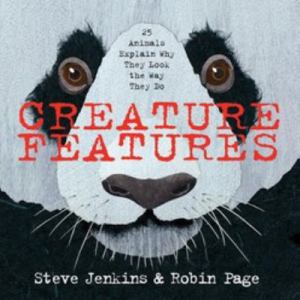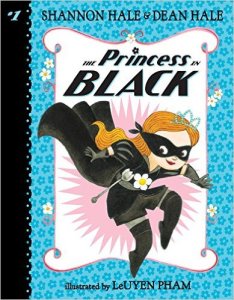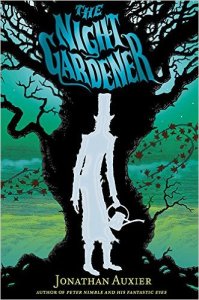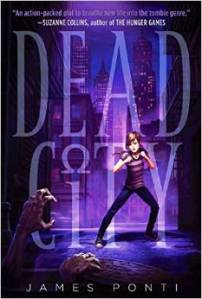As the second week of Book Study is wrapping up, I am looking forward to reflecting on what I learned this week. I am always excited to see and hear what others are doing in education as we all have our own spin on how we teach and learn. This week was no different as we covered topics in the forefront of educational technology. Robots, coding and STEM/STEAM were the first topics of the week and brought some interesting ideas. I have used coding with GT students in the past as an extension activity for them and once they got over the fact that I was not going to tell them how to do it, they flourished. One thing that I have noticed is that students are used to being told how they must do something and they struggle the first time they are give an assignment with very little parameters. I feel like coding and robotics are great ways to get students comfortable with figuring out how to accomplish a task without specific directions from the teacher. These two areas require students to use problem solving skills and provide very specific information to complete tasks so they are not as “scary” for teachers or students as makerspaces. STEM/STEAM integration can be hard for some as it does require a different thinking/mindset to be able to fully integrate into the curriculum. I feel though these areas can open up students ability to learner critical thinking skills in non traditional ways.
STEM/STEAM is an area close to my heart as a former Science teacher. I am always so sad when Elementary schools minimize time spent on teaching science in favor of more time of “tested areas”. Science can be the way in to connect with so many students, especially at a young age as it is mostly about observation and thinking about what they see. These critical thinking skills are areas that are tested and Science is able to develop easily through the application of the scientific method even at a young age. Technology does not have to be big and elaborate to make an impact and you don’t even have to know more than your students to be able to use it in your class. Small things like integrating a station that young children can explore the world around them with magnifying glasses and some leafs and twigs from outside and then drawing pictures of what they see and describing it are great ways to slowly begin to incorporate Science in the classroom. The same thing goes with technology, just start with one small thing and let the students explore. Exploration and problem solving are goals that both STEM and STEAM focus on. These skills are crucial for students to learn early so that when they are adults, they are able to think for themselves.
We had a break from slow chat on Tuesday last week and participated in the #ETCoaches regular chat to discuss teacher goal setting. This was a hard chat for me to participate in since I work with preservice teachers but I see the value of having them set goals even this early. We should all have goals to work on as that is what allows us to continue to grow in our craft. For myself, my goal is to begin blogging on at least a weekly basis and to reflect on what I am learning both as an educator to preservice teachers and also as an Instructional Technology/Reference Librarian. My job allows me the ability to work with not only preservice teachers but with our entire college in multiple ways. One thing that I enjoyed from this topic chat was everyone reflecting back on their first year(s) in teaching and the type of guidance they received. It is sad that many “older” teachers did not receive mentoring their first year or so but I am so glad to see many of the “newer” teachers reported they did receive this type of support and it was beneficial as long as the mentor was willing to be there to help out. Mentorships can be extremely beneficial to both parties and I have seen how powerful a good mentor is in shaping a new teacher. I did not have mentor assigned when I started teaching but my first year as a librarian, I had two amazing mentors. They were both there to answer questions that I had and make suggestions on how to change things to better serve the students. My goal for me this semester is to learn something new from my students and to help them build their first PLN with their classmates and on Twitter.
On Wednesday, we discussed robotics and coding. These again are areas that teachers seem reluctant to enter as they do not feel comfortable with them. I have seen robotics and coding in some elective classes and science classes but not in many English or history classes. When I have seen them integrated into these classes though, the results can be amazing.

Students engaged with the text and creating a map for an Ozobot to act out parts of the story is one way to easily incorporate robots into an English class to then spark conversations about the events that occurred in the text.
Coding helps students learn how to be precise in their language and also how to problem solve when something does not go the way they planned for it to. I used coding as an extension activity for our Gifted and Talented students in Elementary school and their first response was instant dislike. Why? Because I would not tell them how to do it. We went to code.org and they began with Course C in the K-5 Computer Science Fundamentals for Elementary Schools. Even though the instructions tell them what their end goal for the task is, they are not told how to get to the end goal. It frustrated them because they had to “think” about what they needed to do to complete the task. Once they got a few lessons under their belt, they were in the code.org site whenever they had free time. They would come in before school and get on it and then during class when they were do with their assignments, they would come and work on it. The result was they began to learn how to problem solve and think through all of the steps before executing them.
Thursday and Friday focused on Makerspaces and how they can be used in the educational setting. I was first exposed to Makerspaces when I was an Elementary Librarian in Pasadena ISD in Texas. All the libraries were creating areas for Makerspaces within them and using them with the students during time the students were in the library. Makerspaces allow students the freedom to explore and create and I saw students take risk in the Makerspace area when they wouldn’t in others as there was no grade attached and they were given freedom of what they choose to do.  Makerspaces can be so many different things and look different based on the needs of the learners and the community. You do not need a 3-D printer to have a Makerspace. As a matter of fact, if there is tech you want in your makerspace, see if you can try it out before you spend the money on it. I had a company who was willing to let us borrow a 3-D printer for three weeks and give us all the supplies so we could test it out. We never did, as my principal did not feel comfortable with the equipment so we passed on the offer. If you are trying to get started with a makerspace but feel overwhelmed, my best advice would be to start small and pick one item either you or the students want to try and go from there.
Makerspaces can be so many different things and look different based on the needs of the learners and the community. You do not need a 3-D printer to have a Makerspace. As a matter of fact, if there is tech you want in your makerspace, see if you can try it out before you spend the money on it. I had a company who was willing to let us borrow a 3-D printer for three weeks and give us all the supplies so we could test it out. We never did, as my principal did not feel comfortable with the equipment so we passed on the offer. If you are trying to get started with a makerspace but feel overwhelmed, my best advice would be to start small and pick one item either you or the students want to try and go from there.  Makerspaces are a tool to helping students develop critical thinking skills in a non threatening environment where they have support to fail. Also, failure is vital! Failure helps students build resilience and perseverance they will need to be successful adults.
Makerspaces are a tool to helping students develop critical thinking skills in a non threatening environment where they have support to fail. Also, failure is vital! Failure helps students build resilience and perseverance they will need to be successful adults.
This week help cement some of my views but also provided me insight to things that I had not thought about. Helping my preservice teachers set goals in their class with me can be a great step to add to get them thinking about what they want out of the class not just what they are told they will learn in the class. I would like to be able to add time for them to work with a current teacher on a lesson but I think I am tackling enough with this being my first time teaching this class, so I will hold off until next time.
 Pierce, T. (2004).
Pierce, T. (2004). 




